The content of the article
How to grow marigolds from seeds? This question is often asked by novice gardeners. Because experienced do not bother at all. They throw seeds into the ground, sprinkle, and everything in them grows, blooms and sprouts itself. Of course, they are cunning.
Any plant, even the most unpretentious, requires at least some care for itself. And if you want really good returns, then you have to jump around the flower.
Marigolds are not very moody, but they also need their own approach. In principle, they are grown from seeds using the classical method, which includes:
- soil preparation
- seed preparation and layout
- picking and growing seedlings
- permanent landing
- care
There are many points, but in fact, everything is very simple and almost carefree. Follow the instructions exactly and you will have the finest marigolds in the area.
Soil preparation
As with any seedlings, marigold seeds need a separate soil mixture. It should be loose, non-greasy and at the same time nutritious. Such a substrate is excellent: 1 part of well-ripened humus, peat and clean sand. Mix all this thoroughly until uniform small lumps are obtained.
The next step is disinfection. What to do if the black leg is completely spit on volatile marigolds. She perfectly mows small sprouts on the vine. Therefore, we do not give her the slightest chance. First, leave the soil in the cold for 2 days. Then we bring it into the house and let it thaw. Then we thoroughly wet the whole earth with a strong solution of potassium permanganate, preferably hot. After 4 hours, place in the oven until completely dry at a temperature of 110-115 ° C.
All these manipulations will not only destroy pathogens and fungi, but also kill the larvae of insect pests. Therefore, this paragraph cannot be neglected.
Tip. It is necessary to disinfect not only self-prepared land, but also purchased from the store. There may also be larvae, pathogenic bacteria and spores.
Seed preparation and layout
Since the seeds of marigold are thin and fragile, they can not be soaked for a long time, rinse strongly and generally actively nurtured. But you can’t do without pre-planting. What to do? There is an exit.
Take a saucer, put on it a piece of cotton cloth, a cotton pad or a piece of cotton wool. Then carefully spread the seeds. Then gently pour a warm strong solution of potassium permanganate so that it impregnates the substrate from below. So the seeds will remain on it and will not fall into a lump.
After 5 minutes, they are transferred to another saucer with the same substrate. Only now, instead of potassium permanganate, pure warm water is added. You can add a drop of any biostimulant to it. Leave for 2.5-3 hours. All marigold seeds are ready for planting.
Even our mothers and grandmothers incorrectly decided the question - how to grow marigolds from seeds. Remember, they sowed them very densely, almost completely covering the bottom of the bed with seeds. Flowers, of course, sprouted, grew and even bloomed. But why such an overrun of planting material? After all, from each tiny strip an independent plant will grow.
For example, very beautiful varieties have now appeared. In a bag there are usually no more than 10 pieces. You must admit that you do not really scatter along the beds. Therefore, this work with soaking was needed. Now let's do the layout.
Prepare a shallow wide container, about 10 cm high. Pour some expanded clay or large pieces of eggshell onto the bottom. It will be a drainage. Then lay the prepared soil mixture on top, with a layer of about 6-7 cm.Then the soaked marigold seeds are gently laid out and sprinkled with a thin layer of earth. About 1.5-2 cm. No longer needed.
Now you need to water the planting. It is impossible from the watering can, the water will wash the seeds. Spooning is long and uncomfortable to draw. The best option is to spray from a spray bottle. Just do not overdo it. The soil should be slightly moist, but not wet.
Now you need to cover the container with glass, a piece of transparent plastic or a thick film. And put on germination in a warm dark place. For example, in the kitchen cabinet. The temperature should be approximately 20-22 ° C.
After 5 days, the first shoots will appear. After this, the shelter must be removed, and the container should be transferred to a bright place with a temperature of no higher than 18 ° C. The remaining seeds will gradually sprout. And if you leave the dish warm until all the seedlings appear, then the latter will still hatch, and the former will die from overheating.
Where to find a place with a low temperature in the house if the heating is very hot? On the windowsill. Only containers with seedlings should be blocked with a thick film from heat, and the batteries themselves should be covered with a thick towel or blanket.
Tip. Be careful with the fence, do not overcool the delicate roots of shoots!
Picking and growing seedlings
You can not dive marigolds, but then by the time they land, they are likely to stretch. Even if each seed is planted separately in advance, the seedlings will still reach for the light. Therefore, we dive necessarily. In addition, additional roots will appear on the buried stalk.
This should be done when at least two true leaflets are clearly visible. Carefully we dig up the sprouts with soil and plant them in a prepared glass with soil. We try to deepen the plant to the most cotyledonous leaves. But, it is desirable that these leaves do not touch the soil. It is not recommended to compact the earth, even with your fingers, so that the plant can breathe.
We moisten again from the spray gun so that the water penetrates to the roots. We wait further when the seedlings grow up so that it can be planted in a permanent place.
During this time, carefully monitor the soil moisture. If necessary, spray. Once fed with a solution of any mineral fertilizer. Approximately in phase 4-5 of these leaves.
Tip. Marigold seedlings are planted in open ground only if there is a firm belief that return frosts have already passed. These unpretentious flowers are absolutely not hardy. The plant dies already at 0 ° C.
Permanent landing

Marigolds prefer light fertile land and love a lot of light. Although it grows quite well in partial shade. Depending on the variety and species, the distance between plants should be from 15 to 50 cm. Try to plant seedlings without damaging the root system. By transshipment method - optimally. So the flowers quickly adapt and begin to grow actively.
Care
Marigolds are very unpretentious flowers. They tolerate short-term drought well, but with gratitude respond to timely watering. By the way, plants are not afraid of sprinkling, you can safely water them from above, right on the leaves.
But overfeeding is not recommended. These flowers with an abundance of fertilizers begin to become impudent and openly builds green mass. In this case, the buds are in no hurry to release. Therefore, we must wait for the appearance of several buds, pamper the plant with any mineral fertilizer and that’s all. Organics are undesirable to add, otherwise you can not wait for flowering at all.
The exception is poor scarce soils. In this case, you will have to slightly feed the plants.
Weeding and cultivation are absolutely standard - as needed. Weeds are harvested and the soil around is loosened. With the correct landing, earthing is not required. Garter is also not needed.
The only thing you can do is lightly shape the plant.For a spherical shape, it is necessary to pinch the tops of the shoots, and for a columnar shape, remove the lower stepsons. But most often, marigolds do not touch, allowing them to grow wherever they want. This only adds to their charms.
Pests. Due to the specific and strong aroma, almost all pests bypass marigolds. But sometimes, when dry weather is hot for a long time, a spider mite can settle on the flowers. Get rid of it with any suitable insecticide. Folk remedies using strong-smelling herbs will not save, because marigolds themselves are from this category. Humidification of air around bushes during the hot period helps to avoid this misfortune.
Waterlogging soil lures slugs and snails. A few jars or bowls with bleach or whiteness solve this problem. Pests quickly retreat from marigold landings.
The disease. Marigolds themselves almost never get sick, and with their aroma they save the planting of nearby growing plants from fungal and viral diseases. The only ailment that smells of fragrant bushes is gray rot. But it rarely appears, most often when the cool rainy weather has been standing for a long time.
This sore is not treated. It is necessary to tear out the affected plants with the root, take them out of the site and burn. And you need to do this as quickly as possible, until the infection spreads to neighboring bushes.
Useful Tips
- Instead of germinating marigold seeds in a bowl of earth, you can try sprouting them on paper. To do this, 10-12 layers of the simplest toilet paper are put in a low wide capacity. Moisturize it and lay out the seeds. Cover, clean in heat. Further actions are identical to "earthen" landings. Naturally, such marigolds will have to dive 100%. There are no nutrients for sprouts on paper.
- When planting in a seedlingless manner immediately into the soil, seedlings appear after about 10-12 days. If you are not interested in superearly flowering, then you can not bother with seedlings.
- In some gardeners, marigolds grow like weed grass. And reproduce by self-seeding. Smart people try not to weed them out. Phytoncides secreted by flowers perfectly repel most pests, and the root system disinfects the soil.
- To activate the appearance of new buds, it is necessary to pick old flowers in a timely manner. Then marigolds will delight you with flowering until the frost.
- It is not necessary to grow marigolds only in open ground. With good care, they grow well in pots or planters on window sills, and can become a worthy decoration of a balcony or conservatory.
- By the way, in order to prolong the flowering of a favorite plant, you can transplant it directly into a suitable container with a lump of earth. Then it remains only to bring him into the house and find a suitable well-lit place. This must be done before the onset of frost, otherwise then the flower can no longer be saved.
- In order not to buy marigold seeds for each season, you can collect them yourself. All that’s needed is to collect inflorescences that have withered after flowering and dry them. After this, the seeds are very easily separated from the box. They retain viability up to 4 years. From one such box you can grow a whole flower bed!
How to grow marigolds from seeds? Not so difficult. All that’s needed is to grow strong seedlings, and then plant it in the ground. Now you can wait for flowering to admire the work of your own hands.
Video: a new tricky way to grow marigolds

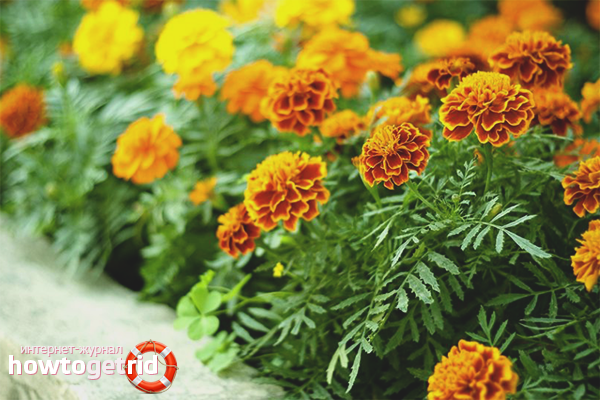

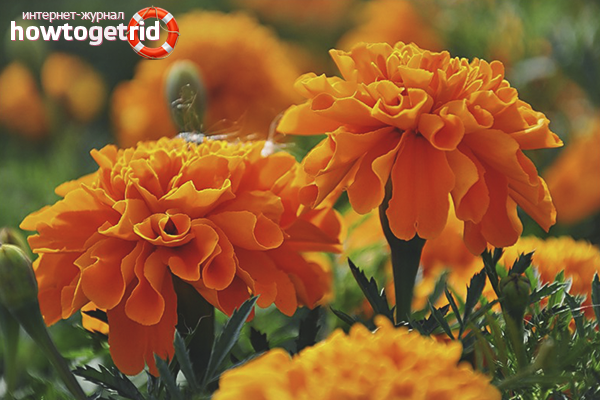
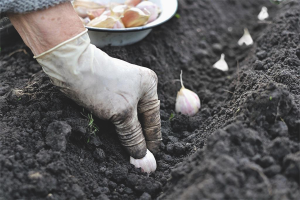
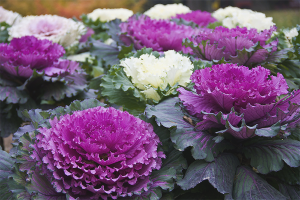

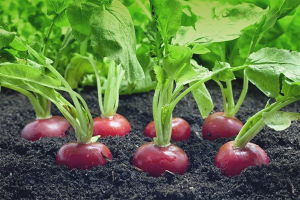
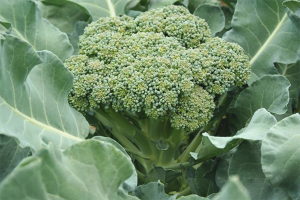
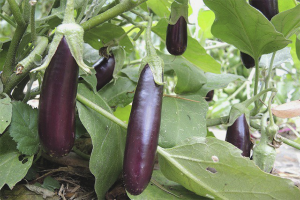

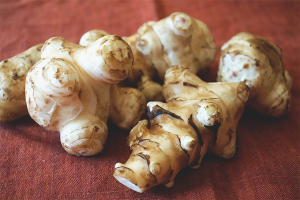
Submit